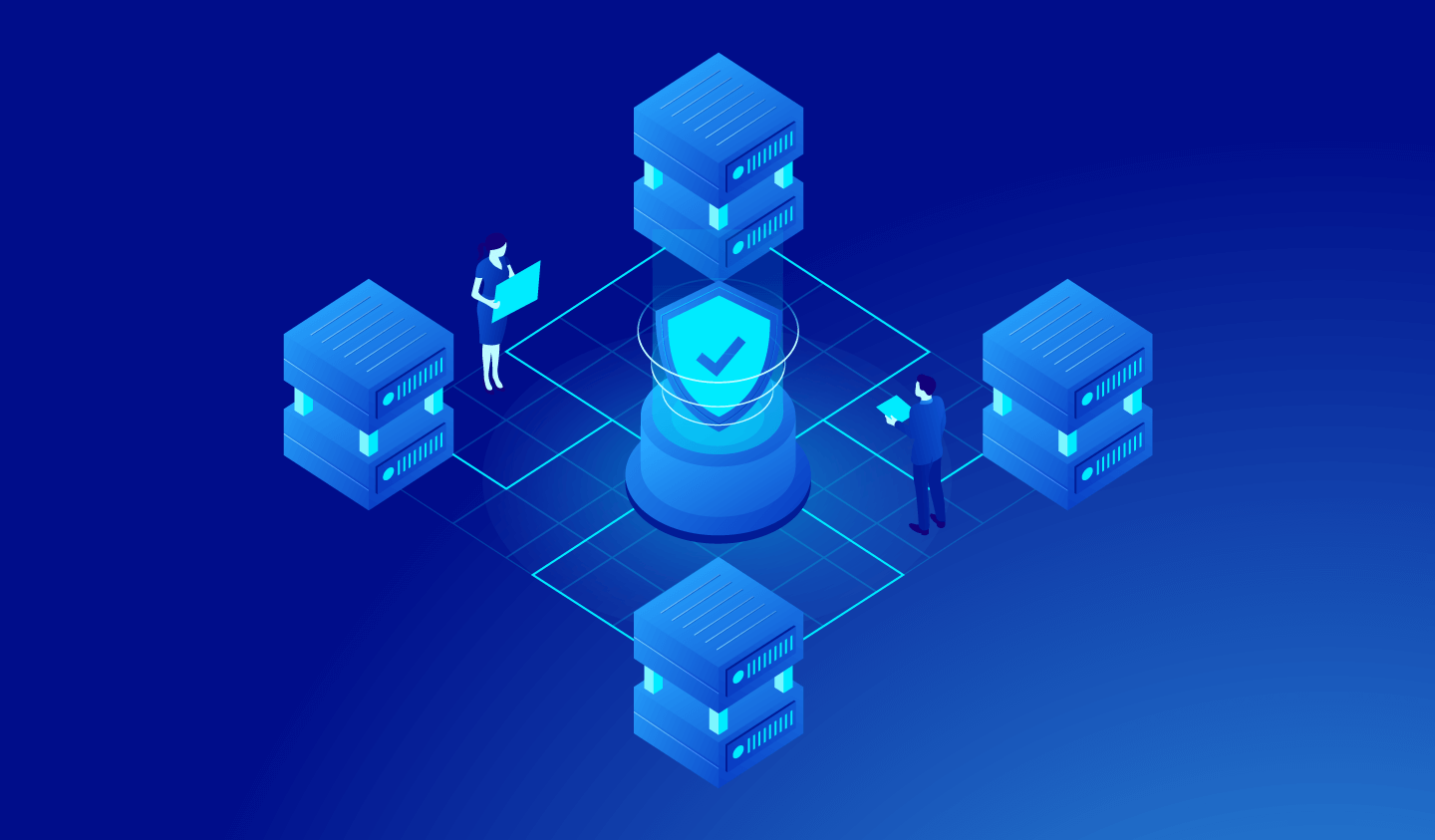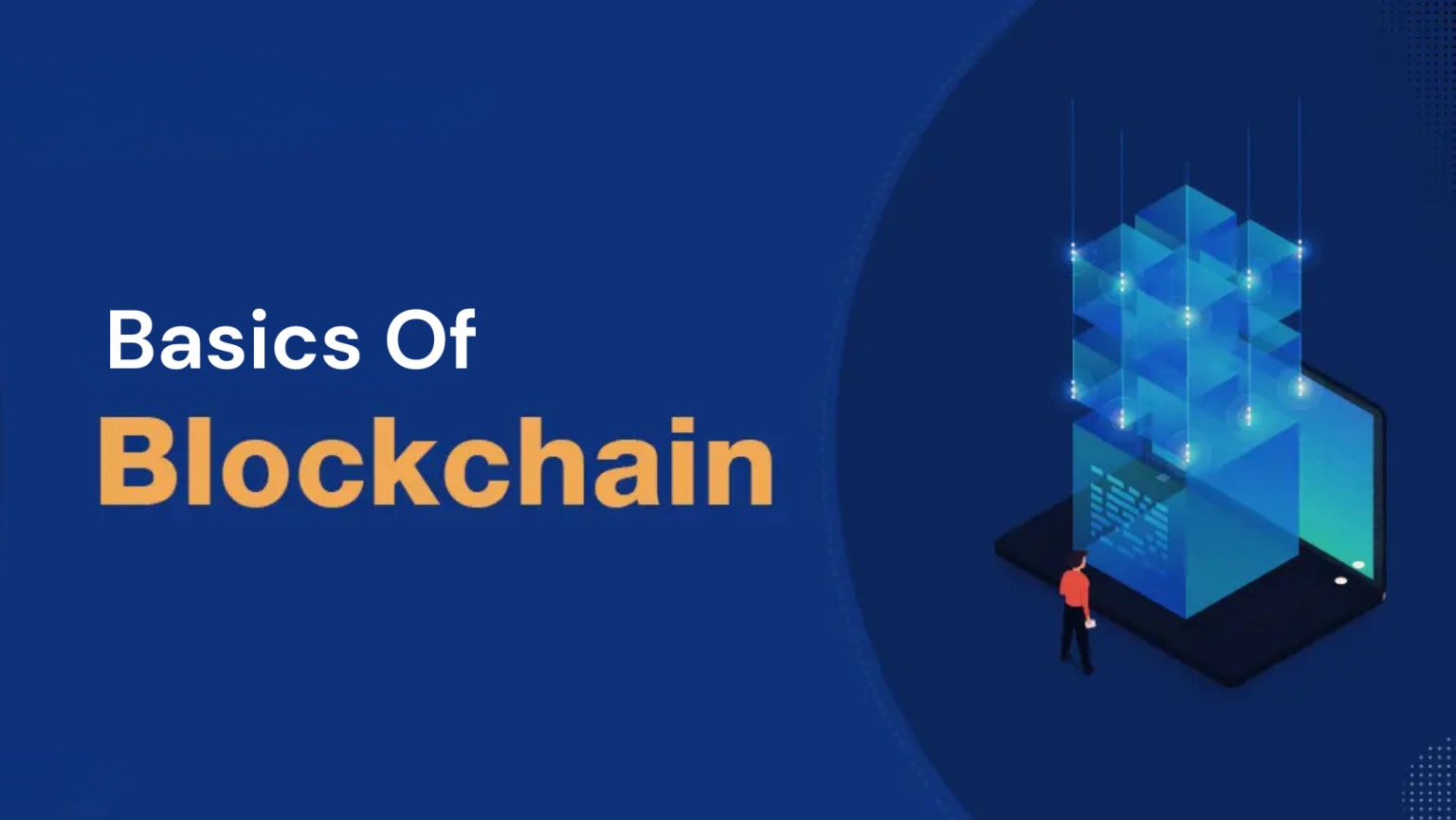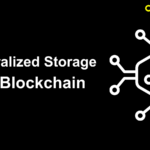Blockchain is one of the most discussed and potentially transformative technologies today. But for many people, it remains somewhat of a mystery. You’ve probably heard about it in the context of cryptocurrency, but blockchain is much more than just Bitcoin or Ethereum. This beginner’s guide will break down the blockchain basics in a way that anyone can understand. We will covering what it is, its history, key features, how it works, and why it’s seen as a game-changer for various industries. By the end, you’ll have a clear understanding of how blockchain technology could shape the future.
What is Blockchain?
Imagine a digital notebook that everyone can access, but no one can secretly alter. Blockchain is exactly that—it’s a decentralized, digital ledger. In simpler terms, it’s a system for storing data securely across a network of computers (known as nodes) rather than in one central place. This design makes the system transparent, secure, and highly resistant to tampering.
The term “blockchain” comes from the way the data is stored: in blocks. Each block contains data (like transaction information), a timestamp, and a unique reference (hash) that links it to the previous block, thus forming a chain. Think of each block as a page in a ledger that gets added sequentially, and each page is securely bound to the one before it. This design ensures that no single party can alter the information without others noticing. It creates a system that is extremely difficult to hack or manipulate.
One of the most significant things about blockchain is that it operates without the need for a central authority or middleman—like a bank or government. Instead, control is distributed among all the participants in the network, which ensures that decisions are made collectively, rather than by one entity. This decentralization is one of the key features that make blockchain revolutionary.
A Brief History of Blockchain
Blockchain technology was first introduced in 2008 by an anonymous figure (or group of people) using the pseudonym “Satoshi Nakamoto.” Blockchain was the technology that powered the very first cryptocurrency: Bitcoin. The idea was simple yet groundbreaking—create a form of digital currency that did not require trust in any central authority like a bank. Instead, users could trust the system itself because all transactions would be recorded publicly and verified by multiple parties.
When Bitcoin launched in 2009, blockchain was initially seen as just a way to support cryptocurrency. However, as more people began to explore the technology, it became clear that blockchain could be used for much more than digital money. Over time, industries such as finance, healthcare, real estate, and even voting began to explore how blockchain could improve security, efficiency, and transparency in their systems.
One of the next major milestones in the history of blockchain came in 2015, with the introduction of Ethereum. Unlike Bitcoin, which was primarily focused on peer-to-peer currency transactions, Ethereum’s blockchain allowed developers to build decentralized applications (DApps) and smart contracts—self-executing contracts with terms that are written directly into lines of code. This expanded the possibilities of blockchain beyond just currency and laid the foundation for what many now call “Web 3.0”—the next evolution of the internet, driven by decentralized technologies like blockchain.
Key Features of Blockchain
Blockchain has several unique features that set it apart from traditional databases and systems. Understanding these features helps to explain why blockchain is considered so revolutionary:
Decentralization:
Unlike traditional systems, where one central entity (like a bank) holds control, blockchain is decentralized. This means multiple nodes (computers) in the network maintain the same version of the ledger, so there’s no single point of failure or control. This makes the system more resilient to attacks and ensures that no single party can manipulate the data.
Security:
Blockchain uses advanced cryptographic techniques to secure data. Each block is linked to the previous one using a unique identifier (called a hash), which makes it extremely difficult to alter any information. If someone tries to tamper with a block, they would have to change every subsequent block in the chain—something that is practically impossible given the computing power required.
Transparency:
One of the most powerful features of blockchain is its transparency. Every transaction or piece of data that is recorded on the blockchain is visible to all participants in the network. This openness fosters trust among users because everyone can verify the information for themselves.
Immutability:
Once data is added to the blockchain, it cannot be altered or deleted. This immutability ensures that the records are permanent and trustworthy. This feature is particularly valuable in industries like finance and supply chain management, where tampering with data could have serious consequences.
Consensus Mechanism:
Blockchain uses various methods to validate transactions and ensure the integrity of the system. Two of the most common methods are Proof of Work (PoW) and Proof of Stake (PoS). In Proof of Work, participants must solve complex mathematical puzzles to validate transactions, while in Proof of Stake, validators are chosen based on the amount of cryptocurrency they hold. These mechanisms ensure that no single party can control the system.
How Does Blockchain Work?
Let’s take a closer look at how blockchain operates step by step:
Initiating a Transaction: A blockchain transaction can be anything from transferring cryptocurrency to recording a contract or sharing data. When someone initiates a transaction, it gets grouped together with other transactions into a “block.”
Verification: Before the block can be added to the blockchain, the network of nodes must verify it. Each node checks the transactions within the block to ensure they are legitimate. This process is crucial for maintaining the trust and security of the system.
Consensus: The nodes must agree on the validity of the transactions. Depending on the blockchain, this consensus is achieved through mechanisms like Proof of Work or Proof of Stake.
Adding the Block to the Chain: Once the block is verified, it gets added to the blockchain. Each new block is linked to the previous block using cryptographic hashes, creating a secure and unchangeable record.
Distributed Ledger: After the block is added, the updated blockchain is shared across all nodes in the network. This ensures that everyone has the same version of the ledger, preventing any one party from altering the records.
Why Blockchain is Different from Traditional Databases and Cloud Systems
A common question people have is how blockchain differs from traditional databases or cloud storage. Both systems store data, but blockchain is fundamentally different in several ways:
Decentralization vs. Centralization: Traditional databases are centralized, meaning they are controlled by a single entity, like a company or organization. In contrast, blockchain is decentralized, with control distributed across many nodes.
Security: Cloud storage relies on the security measures of the provider, but blockchain adds an extra layer of security through its cryptographic methods and decentralized structure. Data stored on the blockchain is much harder to tamper with.
Transparency and Trust: In cloud computing, the data is typically only visible to the provider and authorized users. With blockchain, all transactions are transparent and verifiable by anyone in the network, creating a system that fosters trust among users.
Types of Blockchain Networks
Blockchain isn’t a one-size-fits-all technology. There are different types of blockchain networks, each suited to specific needs:
- Public Blockchains: These are open to anyone and completely decentralized. Bitcoin and Ethereum are examples of public blockchains where anyone can participate in the validation process. Public blockchains offer high transparency but can be slower due to their size.
- Private Blockchains: In a private blockchain, participation is restricted. Only authorized individuals or organizations can join the network. This type of blockchain is often used within businesses or organizations that need more control over who can access and modify the data.
- Consortium Blockchains: Consortium blockchains are controlled by a group of organizations rather than a single entity. This semi-decentralized system is ideal for industries that require collaboration but also need some level of control, such as banking or supply chain management.
- Hybrid Blockchains: These combine elements of both public and private blockchains. For example, a company might use a public blockchain to show customers that it is transparent, while keeping certain sensitive data on a private blockchain.
Why Blockchain Matters
Blockchain has the potential to disrupt industries and redefine how we handle everything from money to contracts, to identity verification. In industries like finance, blockchain can streamline processes, reduce costs, and enhance security. In healthcare, blockchain can securely store patient records, ensuring that data is both private and tamper-proof. Even in voting, blockchain could make elections more transparent and less prone to fraud.
Beyond industries, blockchain also represents a shift in how we think about trust. Traditionally, we rely on institutions to act as intermediaries, like banks or governments. But with blockchain, trust is built into the system itself through transparency and cryptographic security.
The Future of Blockchain
Blockchain is still in its early stages, but its future looks incredibly promising. As the technology matures, we’ll likely see it being integrated into more aspects of everyday life. From decentralized finance (DeFi) applications that let people borrow and lend money without banks to supply chains that provide transparency from farm to table, blockchain has the potential to revolutionize countless industries.
As we move further into the age of digital transformation, understanding blockchain becomes crucial not just for tech enthusiasts but for anyone interested in how the world is evolving. Whether you’re an entrepreneur, a developer, or simply someone who wants to be informed, keeping an eye on blockchain could open up exciting opportunities.
Conclusion
Blockchain is not just a buzzword. It’s a groundbreaking technology that is poised to change how we store, share, and verify data across industries. With its unique features like decentralization, security, transparency, and immutability, blockchain offers a new way of thinking about trust in the digital age.
While it may have started as the backbone of Bitcoin, blockchain’s potential goes far beyond cryptocurrency. From supply chains to healthcare to finance, blockchain is set to impact nearly every sector of the economy. As blockchain technology continues to evolve and expand, now is the perfect time to familiarize yourself with its basics.







